The Kanban Method and System are currently one of the most commonly used methods to increase the competitiveness of workflow and value management companies. Despite its undoubted huge popularity in the world, many organizations still experience problems with its successful implementation (often briefly treating Kanban as an array).
One of the reasons for this is undoubtedly the difficulty in properly measuring its degree of maturity and efficiency. Without defining the measures and their proper control, we are not able to consciously increase business efficiency. This knowledge helps in deciding how to customize Kanban to show measurably the progress in achieving key business goals.


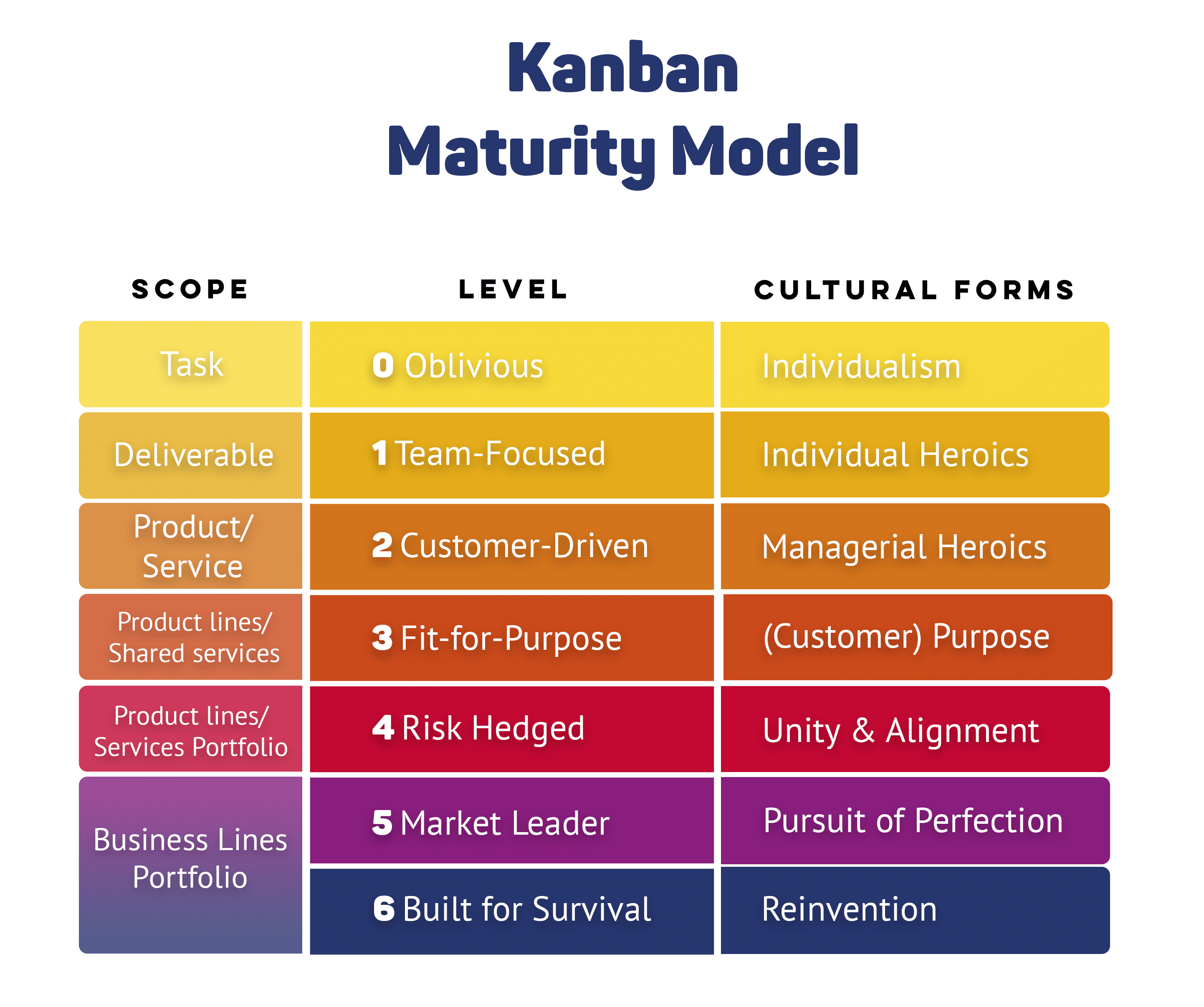
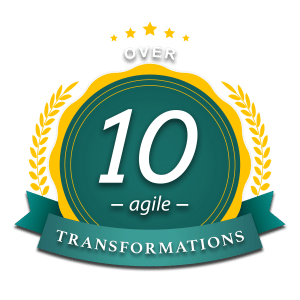
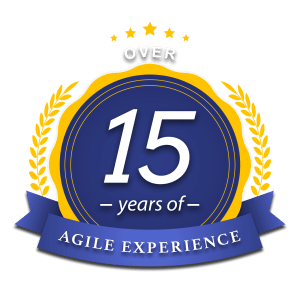
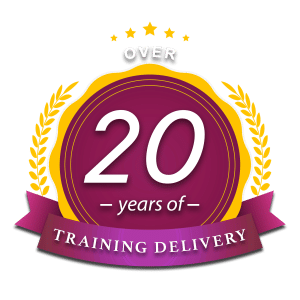
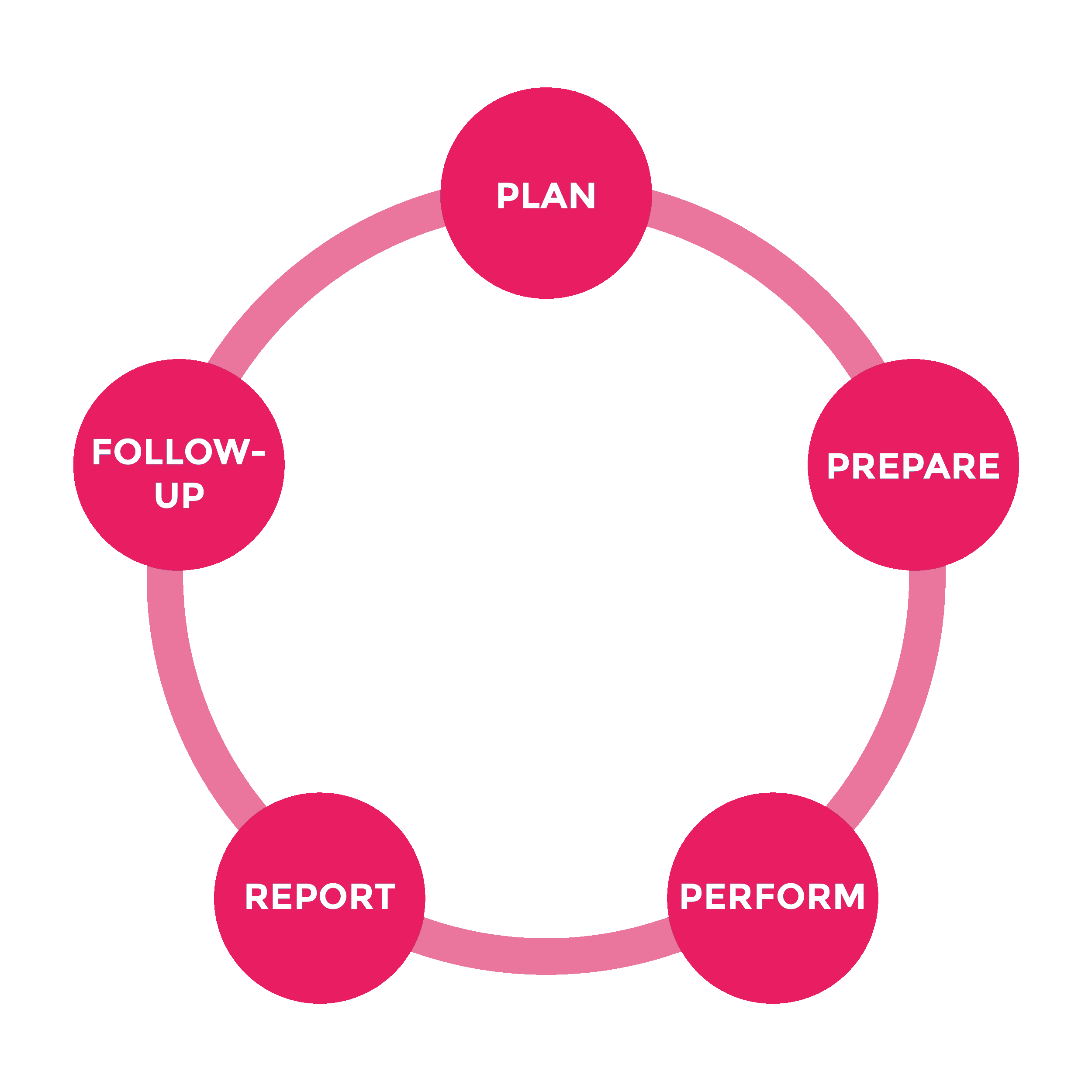
![The Official Kanban Guide V2 by Kanban University [2022.12]](https://miroslawdabrowski.com/wp-content/uploads/2024/01/The-Official-Kanban-Guide-V2-by-Kanban-University.jpg)
![The Official Kanban Guide V1 by Kanban University [2021.02]](https://miroslawdabrowski.com/wp-content/uploads/2024/01/The-Official-Kanban-Guide-V1-by-Kanban-University.jpg)
![The Kanban Guide for Scrum Teams by Scrum.org [2021.01]](https://miroslawdabrowski.com/wp-content/uploads/2024/01/The-Kanban-Guide-for-Scrum-Teams-by-Scrum.org-01.2021.jpg)

